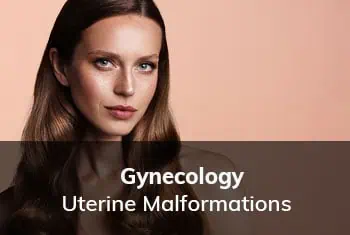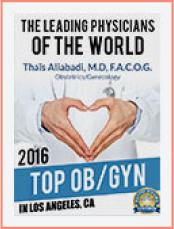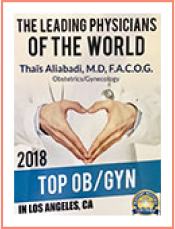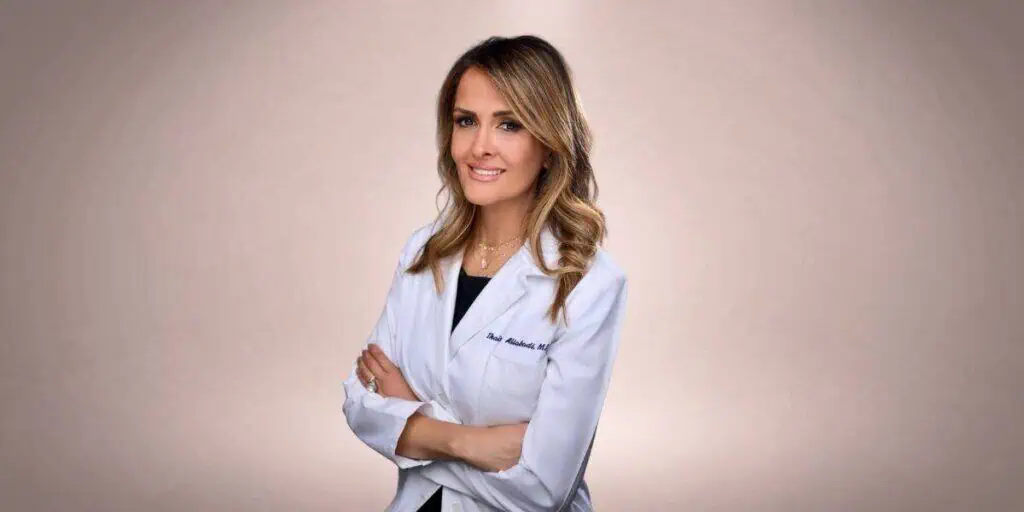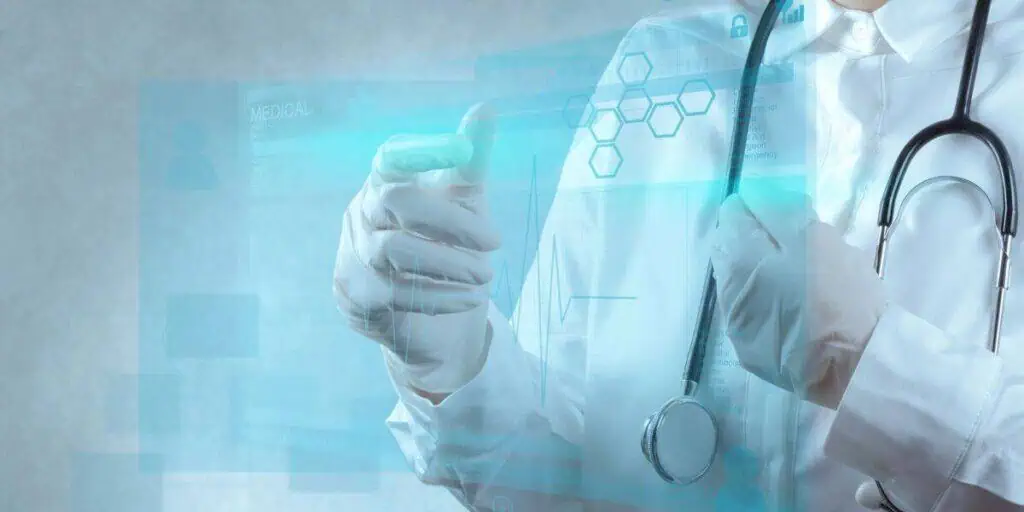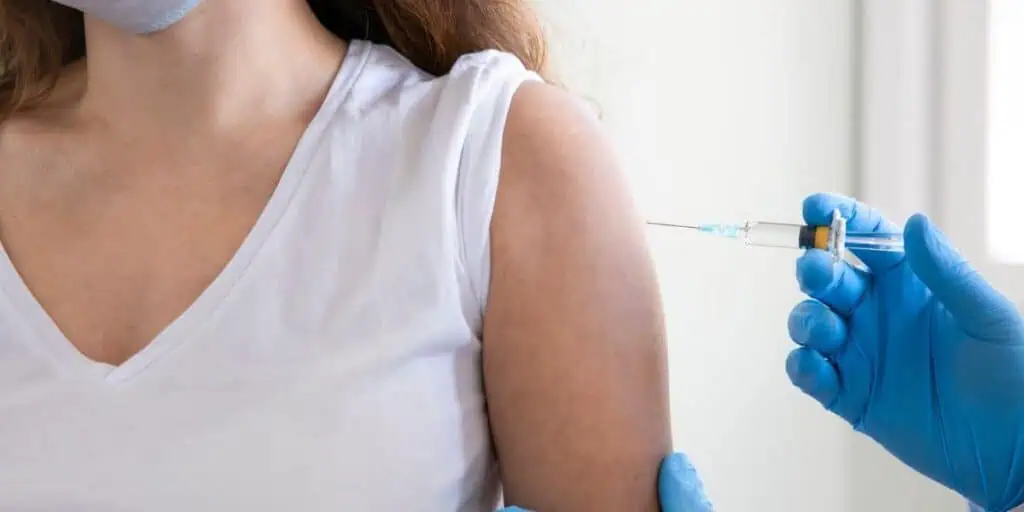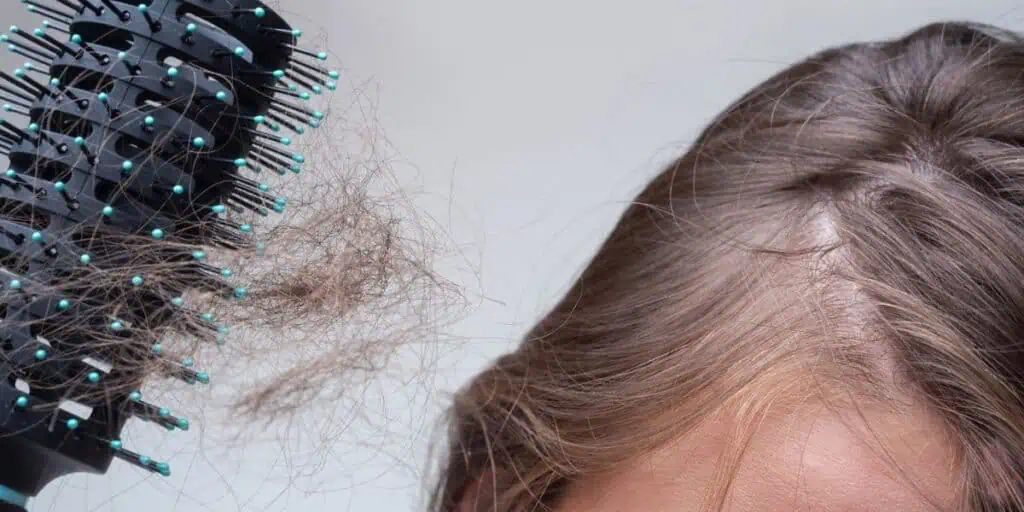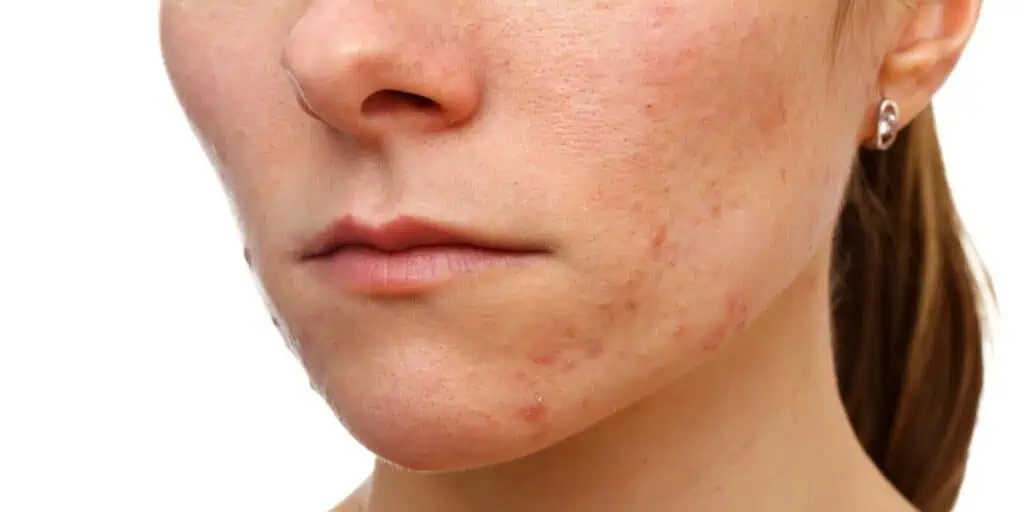What are uterine malformations?
A uterine malformation is a condition that happens when a woman’s uterus doesn’t develop normally before birth. This occurs because of problems during the early stages of development in the womb, where the structures that should form the uterus don’t come together as they should.
Müllerian ducts, which are paired tubes that grow into female reproductive organs early in fetal development, play a crucial role in the development of the female reproductive system, including the uterus, fallopian tubes, cervix, and the upper portion of the vagina. These two ducts normally fuse during fetal development to form a single central uterine cavity. If this process is disrupted, various types of uterine malformations can occur.
These malformations, also called Müllerian anomalies, can lead to a variety of issues with the female reproductive system, such as the presence of a vaginal septum or other unusual structures. Essentially, these malformations are congenital disabilities that affect how the uterus forms and can lead to different types of congenital anomalies in the female reproductive organs.
Frequently, renal anomalies, most commonly renal agenesis, are associated with müllerian duct anomalies.
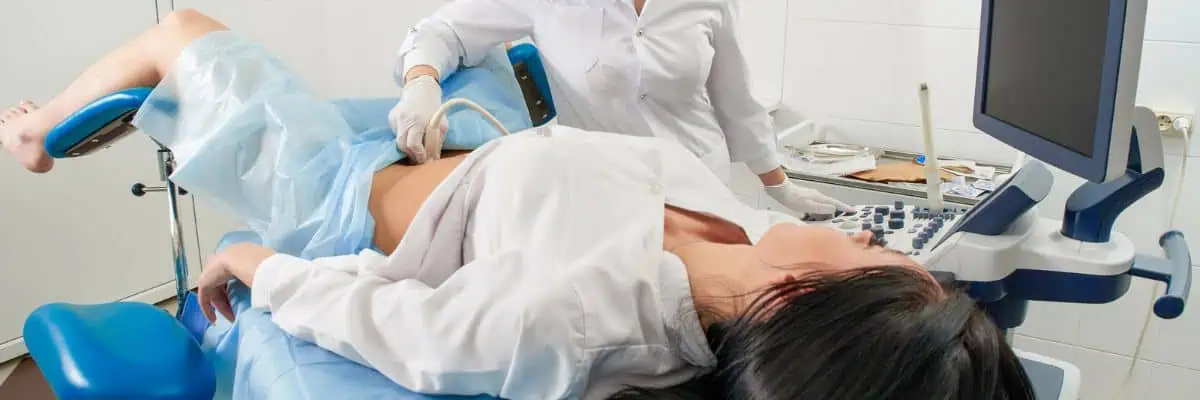
What causes uterine malformations?
In the majority of these cases, the cause of a congenital uterine anomaly is unknown. Most women with these malformations have a normal number of chromosomes.
Between 1938 and 1971, some pregnant women were treated with diethylstilbestrol (DES) to help prevent miscarriages and premature deliveries. Women who were exposed to DES while in their mother’s womb are at increased risk for having a congenital uterine anomaly.
There are no well-established risk factors for the development of a congenital uterine anomaly, and there is no way to prevent it.
How common are uterine malformations?
The prevalence of uterine malformation is estimated to be less than 5% in the general population, slightly higher in the infertility population, and significantly higher in a population of women with a history of recurrent miscarriages.
They have a negative impact on a woman’s ability to carry a pregnancy to full term. It’s estimated that around 1 in 4 women who have had recurring miscarriages or delivered prematurely have a uterine malformation.
What are the types of uterine malformations?
This most common classification system for congenital uterine anomalies is used by the American Society for Reproductive Medicine.
Absent uterus
The uterus is not present. Also called Mayer-Rokitansky-Kuster-Hauser syndrome or Müllerian agenesis, women with this condition often have normal external genitalia and functioning ovaries, but they do not have menstrual periods and cannot carry a pregnancy.
If the uterus is present but hasn’t fully developed to its expected size or function, it is called uterine hypoplasia.
Arcuate uterus
A variation of the uterus, the arcuate uterus, appears normal from the outside but has a very small (1cm or less) indentation and concave dimple protruding from the top of the uterine cavity into the endometrial cavity. An arcuate uterus is generally not as severe as other uterine malformations. It often does not cause significant reproductive issues, though in some cases, it may be associated with a higher risk of miscarriage.
Bicornuate uterus (Uterus with two horns)
This is a common form of a müllerian anomaly. It is described as a womb with two rudimentary horns. Instead of being pear-shaped, the uterus is heart-shaped, with a deep indentation at the top. This shape means there is less space for a baby to grow compared to a normally shaped uterus.
Septate uterus (Uterine septum or partition)
This uterus appears normal from the outside but contains an internal septum that divides the uterine cavity into two smaller cavities than a normal uterus. The septate uterus also has the worst obstetric outcomes of congenital uterine anomalies, with increased premature birth rates and lower fetal survival rates.
Even though the two Müllerian ducts have fused, the partition between them is still present, splitting the system into two parts. A uterine septum is the most common uterine malformation and a cause of miscarriages.
Didelphys uterus (double uterus)
Sometimes referred to as uterus didelphys, both Müllerian ducts develop but fail to fuse so that the woman will have a “double uterus’ each with its own cervix and sometimes two separate vaginas.
Unicornuate uterus (One-sided uterus)
This occurs when one of the two Müllerian ducts fails to form or only partially develops, resulting in a smaller uterus that is often shaped like a banana and has a single fallopian tube.
What are the symptoms of uterine malformations?
Malformations of the uterus usually present with no symptoms at all. Some women don’t have difficulty getting pregnant and do not usually discover their unusually shaped uterus until they have a prenatal ultrasound. Others may be diagnosed during an infertility evaluation.
Other uterine malformation symptoms include:
- Amenorrhea
- Infertility
- Recurrent pregnancy loss
- Preterm birth
How are uterine malformations diagnosed?
Müllerian anomalies are often recognized at the onset of puberty when an adolescent begins menstruation or when a young woman fails to get her menstrual period. The condition may also be diagnosed when a woman has trouble getting pregnant or maintaining a pregnancy. Some anomalies are associated with abdominal or pelvic pain, discomfort during sex, or menstrual abnormalities.
A combination of tests may be recommended to establish the most accurate diagnosis. There are several imaging techniques to see the uterus to be able to detect abnormalities, such as transvaginal ultrasounds, hysteroscopy, MRI (magnetic resonance imaging) scans, hysterosalpingography (HSG), and laparoscopy.
MRI
MRI is considered the preferred modality due to its multiplanar capabilities and its ability to evaluate the uterine external contour, junctional zone, and other pelvic anatomy.
Hysterosalpingography
A hysterosalpingogram is not considered useful because the technique is unable to evaluate the exterior contour of the uterus and distinguish between a bicornuate and septate uterus.
Ultrasound
Ultrasound provides detailed images of the uterus, making it highly accurate for identifying and classifying uterine malformations. It is less invasive than MRI and is often preferred when high-quality imaging is required without the need for MRI.
Hysteroscopy
Hysteroscopy allows direct visualization of the uterine cavity, making it highly accurate for diagnosing intrauterine anomalies like septums or polyps. It also allows for the immediate treatment of certain conditions.
With the advancement of newer imaging techniques, we can make very precise and accurate diagnoses of congenital uterine abnormalities and their complications, including the identification of unicornuate uterus and rudimentary uterine horns.
These procedures are also used to detect women’s health conditions, such as intrauterine adhesions, tubal ligation, uterovaginal anomalies, and other female reproductive tract conditions.
What are the treatment options for uterine malformations?
The only treatment option for a uterine malformation is surgery, but you may not need it.
Uterine malformations may contribute to fertility problems, but many women with the condition have healthy, successful pregnancies, with or without surgery.
Surgical intervention depends on the extent of the individual problem. With a didelphic uterus, surgery is not usually recommended. A uterine septum can be resected in a simple outpatient procedure that combines laparoscopy and hysteroscopic procedure.
This procedure greatly decreases the rate of miscarriage for women with Müllerian duct anomalies.
Dr. Aliabadi will recommend surgery only if it will make it easier and safer for you to carry out your plans for pregnancy. She will evaluate your particular malformation to determine the best course of action.
Surgery is usually recommended if a woman with a septate uterus is having difficulty with the reproductive outcome. A complete septate uterus can be corrected surgically, improving the chances of having a positive pregnancy outcome.
Women with a congenital reproductive anomaly who have not been able to achieve pregnancy within six months of trying should see a fertility specialist skilled in reproductive surgery. Surgery can repair the defect, eliminate discomfort during menses or sexual relations, and improve fertility and pregnancy outcomes.
Surgical treatment is usually not recommended for women with unicornuate, bicornuate, or didelphic malformations.
Can uterine abnormalities cause ectopic pregnancies?
Yes, uterine abnormalities can increase the risk of ectopic pregnancies (an abnormal pregnancy that implants and develops outside the womb). A bicornuate uterus, or septate uterus, can affect the normal implantation and growth of a fertilized egg within the uterine cavity, leading to a higher likelihood of the egg implanting in an abnormal location, such as the fallopian tubes.
Structural abnormalities can sometimes cause blockages or changes in the shape of the reproductive tract, which can impede the egg’s journey to the uterus, further increasing the risk of an ectopic pregnancy.
Have questions about your health? Talk to Dr. Aliabadi.
The practice of Dr. Thais Aliabadi and the Outpatient Hysterectomy Center is conveniently located for patients throughout Southern California and the Los Angeles area. We are near Beverly Hills, West Hollywood, Santa Monica, West Los Angeles, Culver City, Hollywood, Venice, Marina del Rey, Malibu, Manhattan Beach, and Downtown Los Angeles.
Dr. Aliabadi and her compassionate gynecology and obstetrics team are experts in women’s health care. When you’re treated by Dr. Aliabadi, you’re guaranteed to feel safe, heard, and well cared for.
We invite you to establish care with Dr. Aliabadi. Please make an appointment online or call us at (844) 863-6700.
Sources
Perez-Brayfield, MR; Clarke, HS; Pattaras, JG (2002). “Complete bladder, urethral, and vaginal duplication in a 50-year-old woman”. Urology. 60 (3): 514. doi:10.1016/S0090-4295(02)01808-3. PMID 12350504.
Ashton D, Amin HK, Richart RM, Neuwirth RS. The incidence of asymptomatic uterine anomalies in women undergoing trans cervical tubal sterilization, Obstet Gynecol, 1988, vol. 72 (pg. 28-30)
https://pubmed.ncbi.nlm.nih.gov/3380507/
Akhtar M.A., Saravelos S.H., Li T.C., Jayaprakasan K., Royal College of Obstetricians and Gynaecologists Reproductive Implications and Management of Congenital Uterine Anomalies: Scientific Impact Paper No. 62 November 2019. BJOG. 2020;127:e1–e13.
[PubMed] [Google Scholar]
